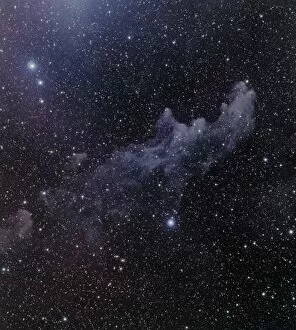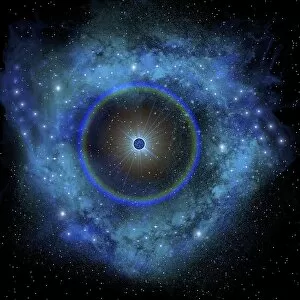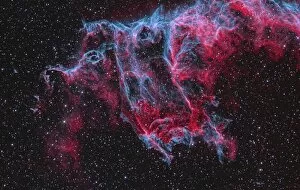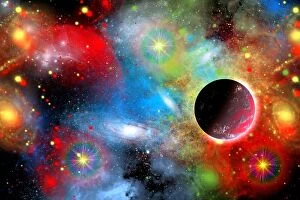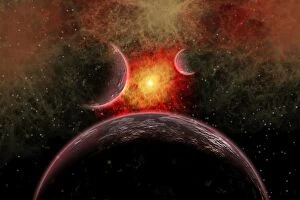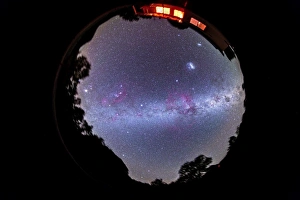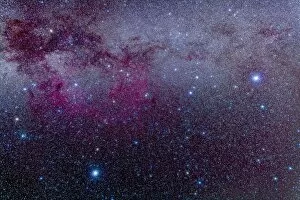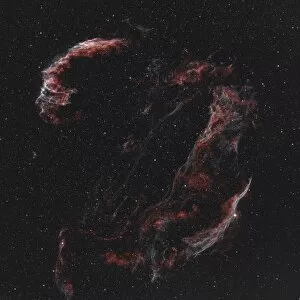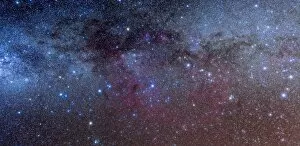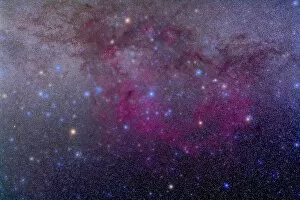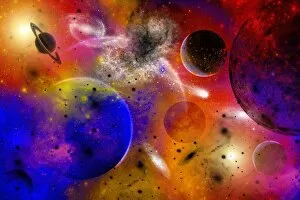Supernova Remnants Collection
"Exploring the Cosmic Kaleidoscope: Supernova Remnants Unveiled" In the vast expanse of our galaxy, a captivating sight awaits
All Professionally Made to Order for Quick Shipping
"Exploring the Cosmic Kaleidoscope: Supernova Remnants Unveiled" In the vast expanse of our galaxy, a captivating sight awaits. At the heart of the Gum Nebula area in Vela, lies the mesmerizing Vela supernova remnant. Its ethereal beauty is further enhanced by NGC 6995, also known as the Bat Nebula, nestled within the Veil Nebula in Cygnus. As we delve deeper into this celestial wonderland, we encounter the Witch Head Nebula, an enigmatic formation that seems to cast a spell on all who gaze upon it. This colorful part of our galaxy showcases not only planets and galaxies but also nebulae that paint a breathtaking canvas across space. Through an artist's concept illustrating our beautiful cosmic universe, we can envision stellar explosions giving birth to these extraordinary remnants. The sheer magnitude and power unleashed during such events are awe-inspiring. The Vela Supernova Remnant takes center stage once again as its intricate details come alive through another artist's rendering. It serves as a reminder of nature's ability to create both destruction and creation simultaneously. A fish-eye 360-degree image allows us to immerse ourselves completely in this spectacle spread across the entire southern sky. Constellation Cygnus graces us with its presence while multiple nebulae dance harmoniously amidst countless stars. These supernova remnants offer glimpses into distant worlds and serve as reminders of our place in this vast cosmos. They ignite curiosity within us and inspire further exploration into what lies beyond our own blue planet. So let us embark on this cosmic journey together - where science meets artistry and imagination intertwines with reality - for there is no limit to what wonders await us among these magnificent supernova remnants.



